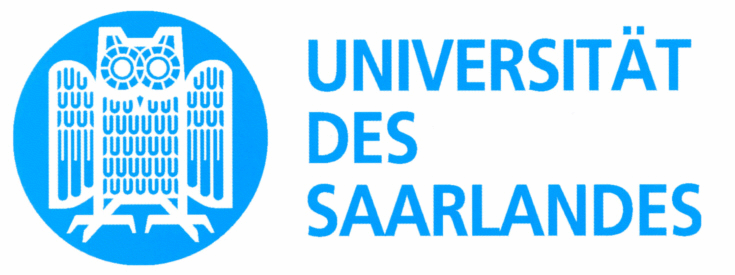

Secure contracts signed by mobile phone


Secure contracts signed
by mobile phone
Funding : The project (IST-2002-506883) is funded in the European Union's 6th Framework Programme
with 2 mln Euros.
Duration : The project runs for
30 months, January 2004 - June 2006.
Atos Origin (AO) (E)
Informa (IN) (E)
Telefónica Móviles España (TM) (E)
Nergal (NE) (I)
The Institute of Phonetics of the University of Saarbrücken (SU) (D)
The University of Buckingham (BU) (UK)
Group des Écoles des Télécommunications - INT (GI ) (F)
Group des Écoles des Télécommunications - ENST (GE ) (F)
Project aim
The SecurePhone project integrates a biometric recogniser in a
3G/B3G enabled PDA, which allows users to mutually recognise each other
and securely authenticate messages (text or audio). This will enable
them to sign
legally binding contracts on their PDA/mobile phone. The biometric
recogniser combines source
authentication methods on the basis of text-dependent speaker
verification, video recordings of the speaker's face and a written
signature.
More information will be made available later.
SU collaborators
Jacques Koreman homepage
Email
Andrew C Morris homepage Email
Dalei Wu homepage Email
We also work together with the
Department for Spoken Language Systems
Morris, A.C., Jassim, S., Sellahewa, H., Allano, L., Ehlers, J., Wu, D., Koreman, J., Garcia-Salicetti, S., Ly-Vav, B. & Dorizzi, B. (2006) "Multimodal person authentication on a smartphone under realistic conditions", Proc. SPIE conference on mobile multimedia/image processing for military and security applications, Orlando (in press). Pdf
Morris, A.C., Koreman, J., Sellahewa, H. Ehlers, J., Jassim, S., Allano, L. & Garcia-Salicetti, S., (2006) "The SecurePhone PDA database, experimental protocol and automatic test procedure for multi-modal user authentication", Tech. Report, Saarland University , Institute of Phonetics. Pdf
Morris, A.C., Wu, D. & Koreman, J. (2005) "MLP trained to separate problem speakers provides improved features for speaker identification", Proc. ICCST 2005. Pdf
Wu, D., Morris, A.C. & Koreman, J. (2006) "SOM trajectory as complementary speech representation in multi-stream speaker recognition", internal document. Pdf
Wu, D., Morris, A.C. & Koreman, J. (2005) "MLP internal representation as discriminative features for improved speaker recognition", Proc. NOLISP 2005. Pdf
Wu, D., Koreman, J. & Morris, A.C. (2005) "Discriminative features by MLP preprocessing for robust speaker recognition in noise", Proc. ESSV 2005 Pdf